HEALTH CARE ACCESS:
The closest health center is in a nearby community called El Campo. This health center is considered a CESAMO, which is a small clinic with usually one doctor, nurses, and occasionally a dentist on staff. To reach the health center, community members can either take a bus for 15 minutes or walk approximately 1 hour. Granadilla is located close to a main road and has access to two municipalities via bus, La Villa de San Francisco and Morocelí. These are main areas of commerce where community members can get access to more resources. However, it is still a relatively remote community very far from any major cities. During brigades, patients come from about 4 different communities to receive medical and dental care.


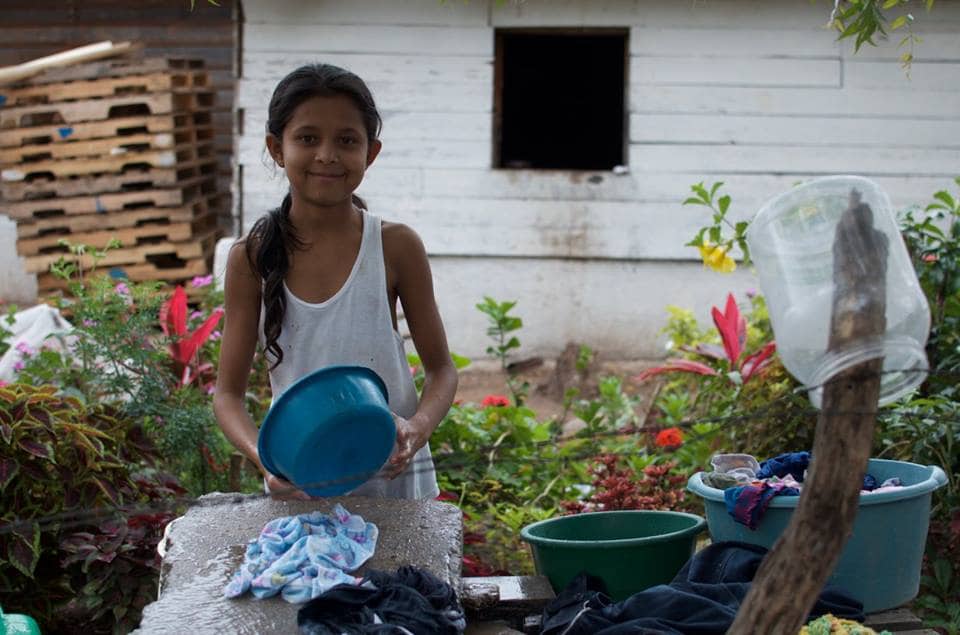 Granadilla is located in a valley in the municipality of Morocelí, El Paraíso, Honduras. Community members suffer from malnutrition, respiratory infections, diarrheal disease, and dermatitis, most of which result from the lack of proper hygiene and sanitation. School is offered until 6th grade, at which point children either begin to work in agriculture to support their families or seek higher education outside the community. While the community of Granadilla does not have higher education or a dedicated health center, it is relatively easy for community members to seek services in nearby towns. The average family income is estimated at 2250 lempiras per month (approximately $95).
Granadilla is located in a valley in the municipality of Morocelí, El Paraíso, Honduras. Community members suffer from malnutrition, respiratory infections, diarrheal disease, and dermatitis, most of which result from the lack of proper hygiene and sanitation. School is offered until 6th grade, at which point children either begin to work in agriculture to support their families or seek higher education outside the community. While the community of Granadilla does not have higher education or a dedicated health center, it is relatively easy for community members to seek services in nearby towns. The average family income is estimated at 2250 lempiras per month (approximately $95).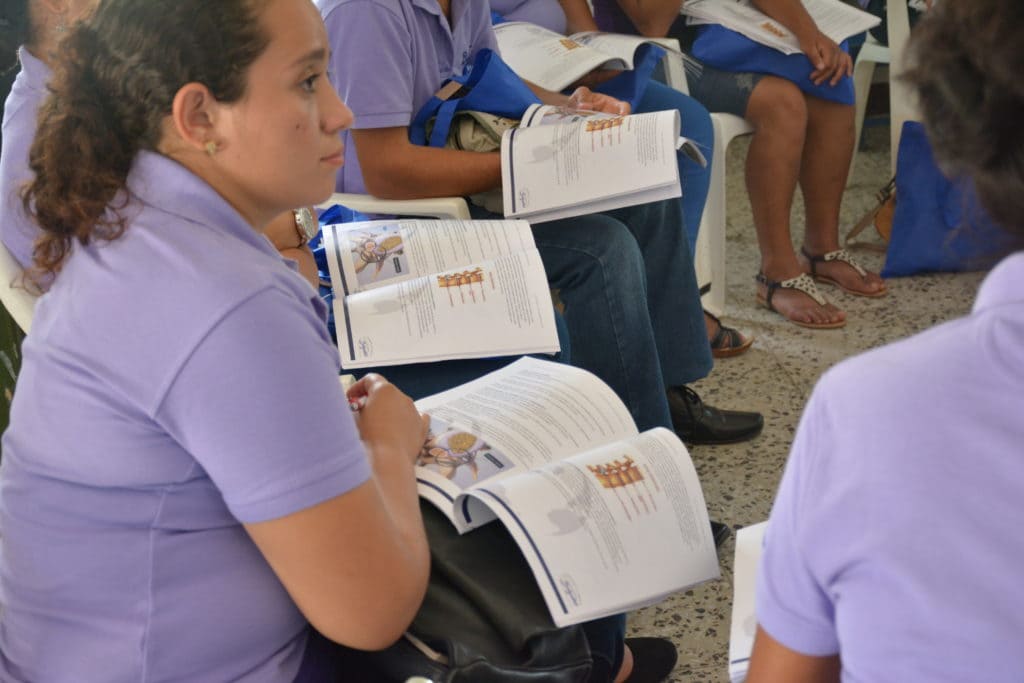 COMMUNITY HEALTH WORKERS:
COMMUNITY HEALTH WORKERS: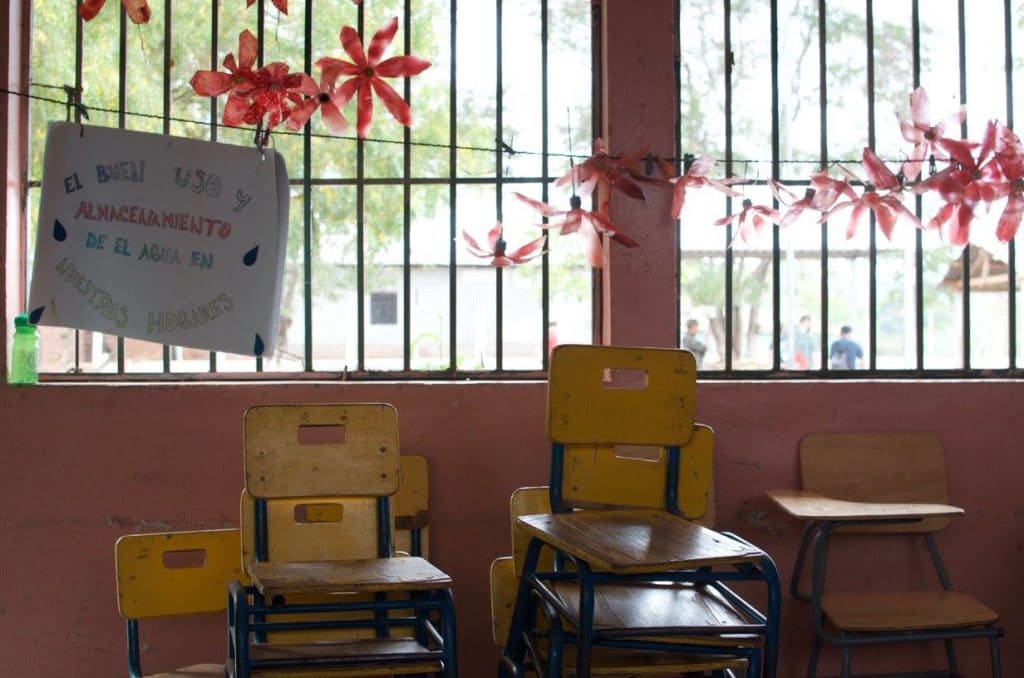
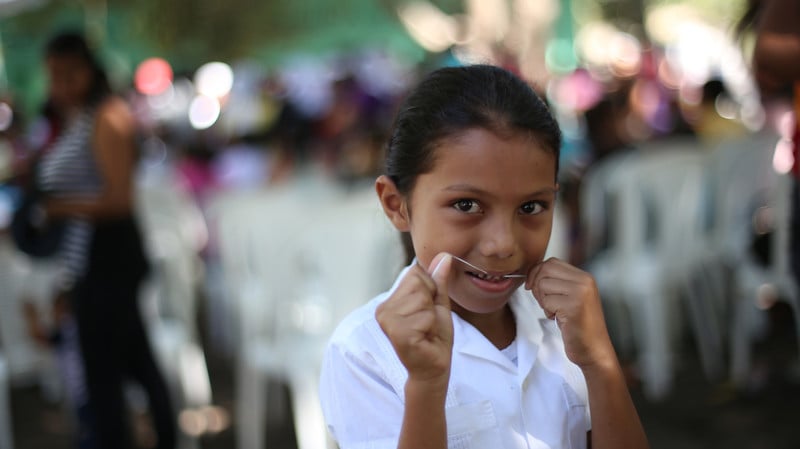 BRIGADE INFORMATION:
BRIGADE INFORMATION: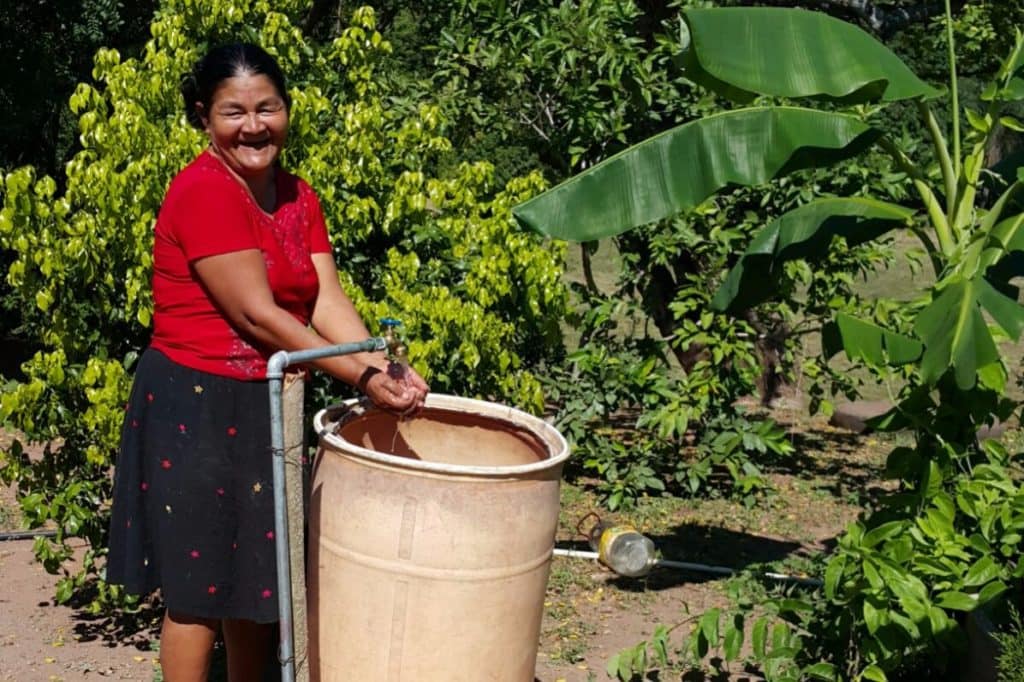 GRANADILLA’S ENGINEERING SOLUTION:
GRANADILLA’S ENGINEERING SOLUTION: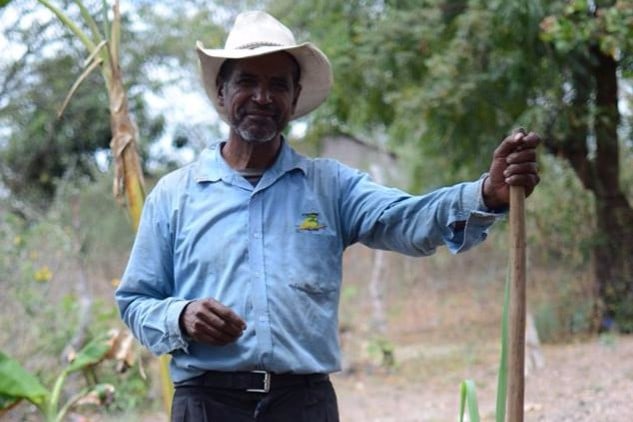 GRANADILLA’S MICROFINANCE SOLUTION
GRANADILLA’S MICROFINANCE SOLUTION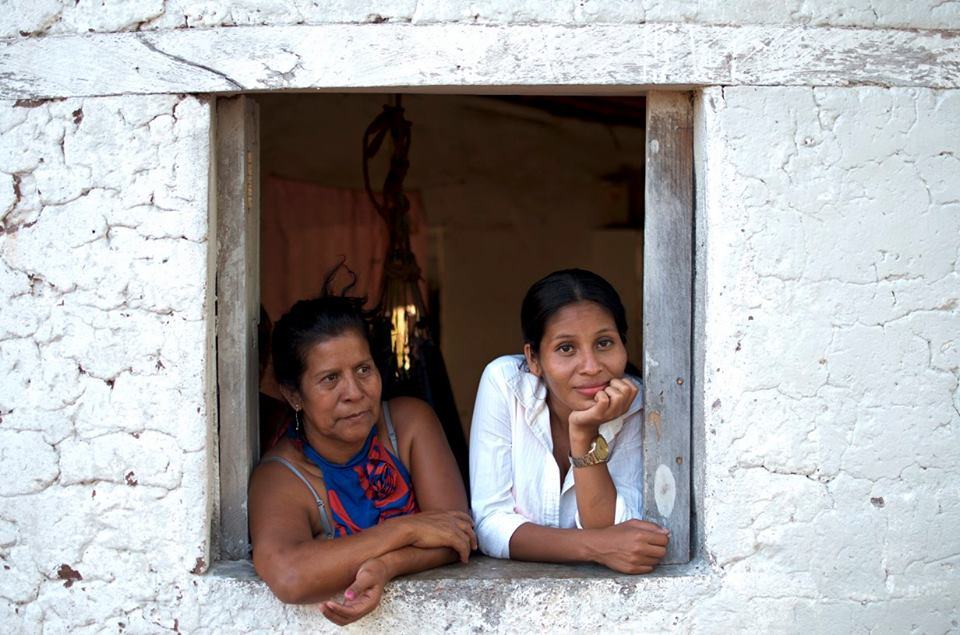
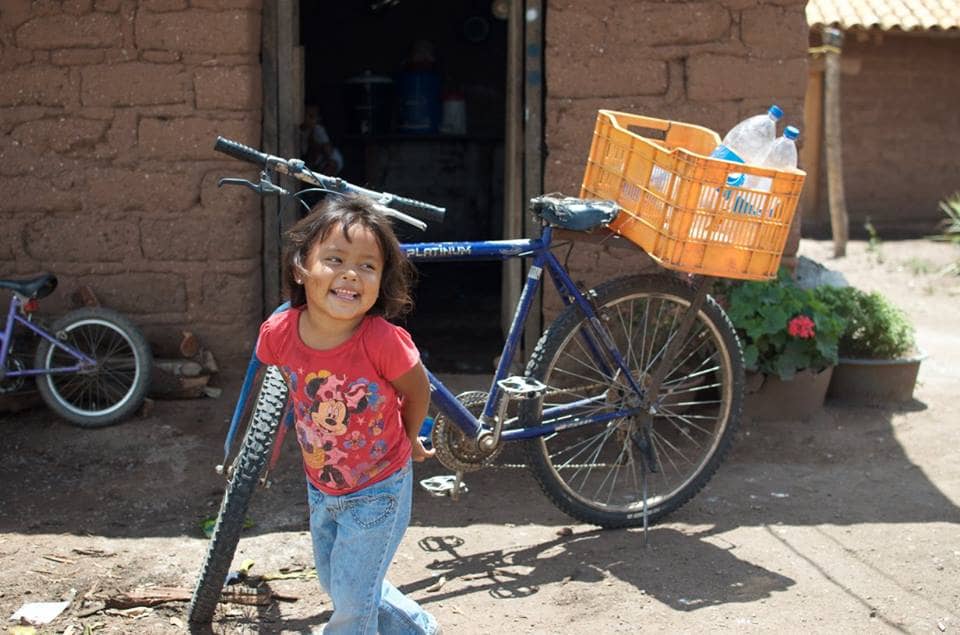 GRANADILLA’S PUBLIC HEALTH SOLUTION
GRANADILLA’S PUBLIC HEALTH SOLUTION